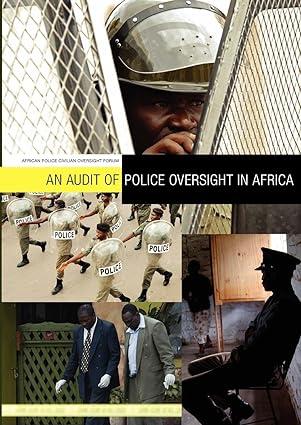Question
On January 1, Year 1, G and L form a limited partnership to acquire and operate a rental apartment building. L, the limited partner, contributes
On January 1, Year 1, G and L form a limited partnership to acquire and operate a rental apartment building. L, the limited partner, contributes $90 and G, the general partner, $10. The partnership obtains a nonrecourse loan from an unrelated financial institution for $900 and purchases a building (on leased land) for $1,000. The loan is secured by the building. The loan requires interest to be paid currently but does not call for any principal payment for 5 years. The building is depreciable over 10 years at the rate of $100 per year.
The partnership agreement contains the following provisions:
- The agreement satisfies the alternate test for economic effect under Se. 704-1(b)(2)(ii)(d), i.e., it contains the requisite provisions for capital account maintenance and distribution of liquidation proceeds. Although G has a deficit makeup obligation, L does not. But, the agreement includes a QIO provision.
- The agreement includes a minimum gain chargeback provision that complies with Sec, 1.704-2(f).
- All income and loss, other than nonrecourse deductions, are allocated 90% to L and 105 to G until the first time that the partnership recognizes income and gain that exceed losses sustained in prior years. Thereafter, all income, gain and loss are allocated 50% to G and 50% to L.
- Nonrecourse deductions are allocated 80% to L and 20% to G.
- Non-liquidating cash distributions are divided 10%to G and 90% to L until they have each recovered their initial capital contributions (i.e., $10 to G and $90 to L). Thereafter, all non-liquidating cash distributions are to be shared 50%-50%.
For the taxable Years 1, 2 and 3, the partnership has rental income of $70, operating expenses of $10, interest expense of $60, and a cost recovery deduction of $100, for a net loss of $100.
- Is the 80.20 split of nonrecourse deductions permissible? How much flexibility do G and L have to allocate partnership nonrecourse deductions? Specifically, which of the following would be permissible?
|
| G | L |
| (i) | 50% | 50% |
| (ii) | 10% | 90% |
| (iii) | 1% | 99% |
b. Assume that on January 1, Year 4, the partnership defaults on the mortgage and transfers the building (then worth ($600) to the lender by deed in lieu of foreclosure and liquidates. What are the appropriate tax allocations and cash distributions for G and L for Years 1 through 4?
c. What if, instead, on January 1, Year 4, the partnership sells the building for $1,100 and liquidates. What are the appropriate tax allocations and distributions to G and L?
d. Suppose that in part (c) on January 1, Year 3, G and L contribute cash to the partnership in the amounts of $20 and $180, respectively, and the partnership uses these contributions to reduce the balance of the mortgage from $900 to $700. What tax consequences occur in Year 3 as a result of these transactions? e. What difference would it make in part (a) if G had guaranteed the original $900 loan to the lender?
Step by Step Solution
There are 3 Steps involved in it
Step: 1

Get Instant Access to Expert-Tailored Solutions
See step-by-step solutions with expert insights and AI powered tools for academic success
Step: 2

Step: 3

Ace Your Homework with AI
Get the answers you need in no time with our AI-driven, step-by-step assistance
Get Started


